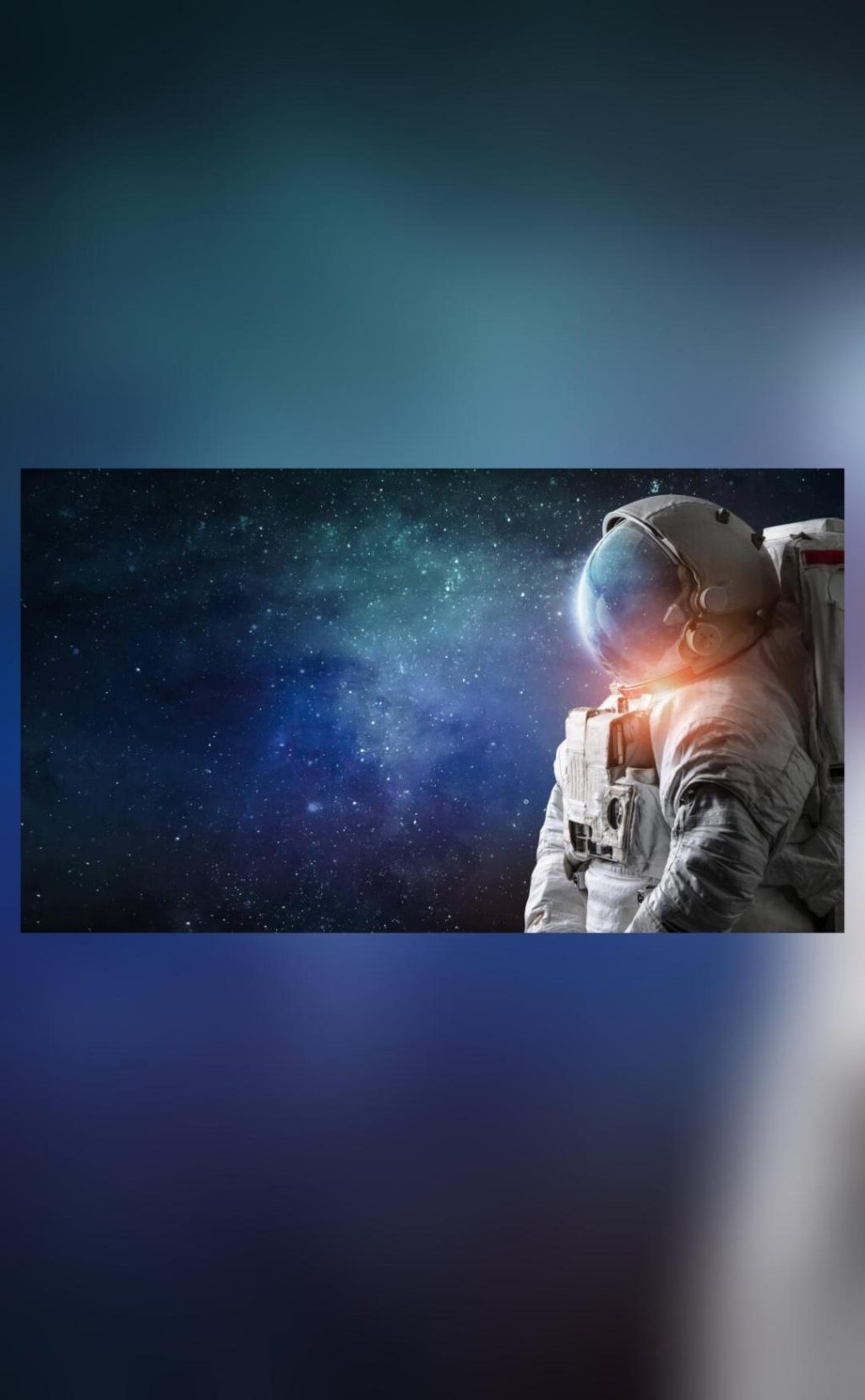
Google & NASA Create AI Medical Assistant for Mars Missions
In a groundbreaking collaboration, NASA and Google have unveiled an AI-powered medical assistant designed to keep astronauts healthy and safe during long-duration space missions, including those to Mars. The Crew Medical Officer Digital Assistant (CMO-DA) is a cutting-edge technology that leverages Google Cloud’s Vertex AI platform to provide a multimodal system capable of processing speech, text, and images.
The CMO-DA is a testament to the innovative spirit of collaboration between two industry leaders, as they work together to push the boundaries of medical care in space. As NASA continues to plan and prepare for its ambitious Mars missions, ensuring the health and well-being of astronauts is a top priority. With this new AI-powered medical assistant, NASA and Google are taking a significant step towards achieving this goal.
What is CMO-DA?
The Crew Medical Officer Digital Assistant (CMO-DA) is a cloud-based AI system designed to assist medical professionals in diagnosing and treating medical conditions that may arise during space missions. The system is capable of processing a wide range of medical data, including patient symptoms, medical histories, and diagnostic test results.
CMO-DA’s multimodal architecture allows it to interact with users in various ways, including:
- Speech: The system can understand and respond to voice commands, making it an ideal tool for busy medical professionals working in high-stress environments.
- Text: CMO-DA can process and analyze text-based data, including medical records, patient reports, and diagnostic test results.
- Images: The system can analyze medical images, such as X-rays and MRIs, to aid in the diagnosis of medical conditions.
How Does CMO-DA Work?
When an astronaut experiences a medical issue, they can use CMO-DA to report their symptoms and receive guidance on the next steps. The system uses machine learning algorithms to analyze the reported symptoms and medical data to provide a list of potential diagnoses.
Once the astronaut has reported their symptoms, CMO-DA uses natural language processing (NLP) to analyze the text-based input and identify any relevant medical information. The system then uses computer vision to analyze any attached medical images, such as X-rays or MRIs, to aid in the diagnosis.
Diagnostic Accuracy
In clinical trials, CMO-DA demonstrated impressive diagnostic accuracy rates for two common medical conditions that may arise during space missions:
- Ankle Injuries: CMO-DA showed a diagnostic accuracy rate of 88%, indicating that it is highly effective in diagnosing ankle injuries, which are common in microgravity environments.
- Ear Pain: The system demonstrated a diagnostic accuracy rate of 80% for ear pain, which is a common issue in space due to changes in air pressure and humidity.
These results are a testament to the power of AI in medical diagnosis and will play a critical role in ensuring the health and well-being of astronauts during long-duration space missions.
What Does This Mean for Future Space Missions?
The development of CMO-DA is a significant step towards ensuring the health and well-being of astronauts during future space missions. With this AI-powered medical assistant, NASA and Google are paving the way for more effective and efficient medical care in space.
The CMO-DA has the potential to revolutionize the way medical professionals work in space, providing a reliable and accurate diagnostic tool that can be used in a variety of medical scenarios. As NASA plans for its ambitious Mars missions, this technology will play a critical role in ensuring the health and well-being of astronauts during their extended stay on the Red Planet.
Conclusion
The Crew Medical Officer Digital Assistant (CMO-DA) is a groundbreaking AI-powered medical assistant that has the potential to revolutionize medical care in space. Developed in collaboration with NASA and Google, this technology is a testament to the innovative spirit of collaboration and the power of AI in medical diagnosis.
As NASA continues to push the boundaries of space exploration, ensuring the health and well-being of astronauts is a top priority. With the CMO-DA, NASA and Google are taking a significant step towards achieving this goal, paving the way for more effective and efficient medical care in space.
Source:






